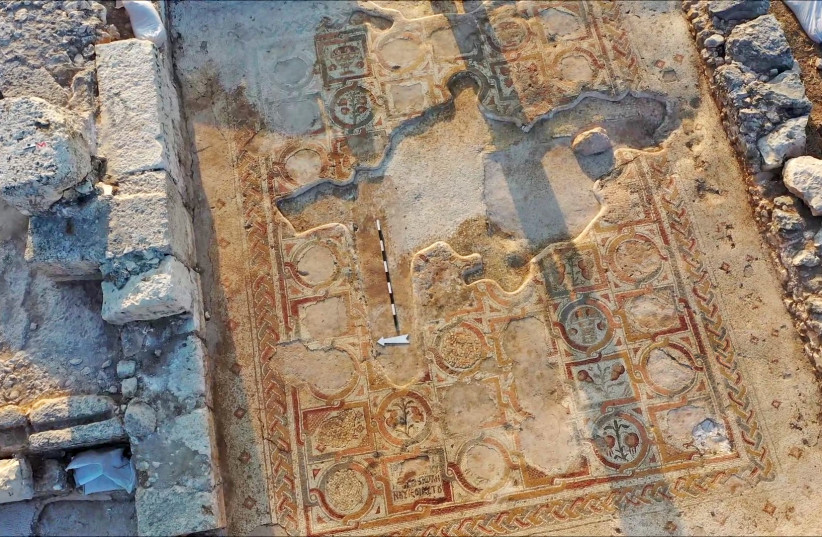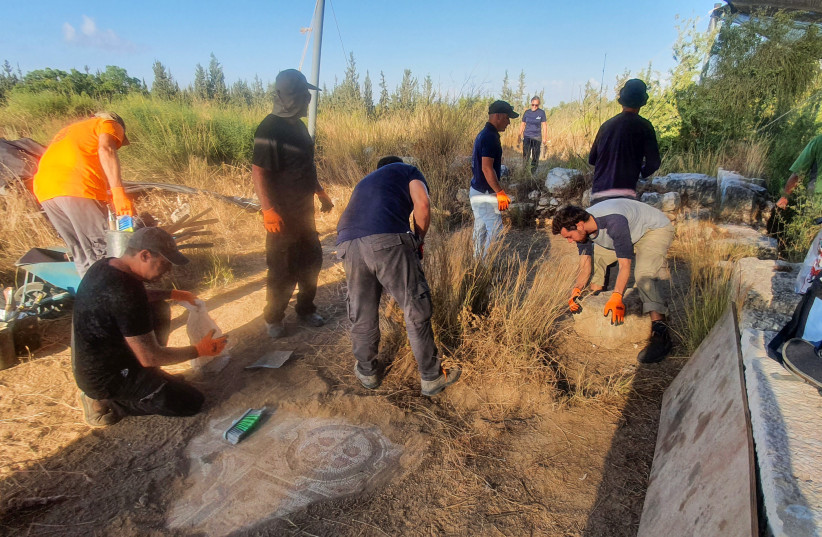Throughout the month of July, IDF soldiers re-uncovered a 1,500-year-old convent in Horbat Hani, near the town of Shoham in Central Israel. This came after a small portion of the site, which is located in a military zone, was unintentionally damaged by the army.
The convent is believed to have been dedicated to biblical Hannah, mother of the prophet Samuel.
"The soldiers and the officers enjoyed the hands-on archaeological work, and we hope that the joint activities protecting the archaeological sites will continue in the future.”
Guy Saly, director of the IDF Nature Defense Forces Project
“In this context," explained Issy Kornfeld, director of the excavation on behalf of the IAA, "the Israel Antiquities Authority, together with the Nature Defense Forces program, initiated an educational project, whereby this impressive site was re-opened and cleaned up under the guidance of the Israel Antiquities Authority Community Educational Centre.”
The convent was first discovered by Dr. Uzi Dahari and Dr. Yehiel Zelinger of the IAA in the early 2000s, but it was eventually re-buried for its own protection. “In the original excavation," said Kornfeld, "two buildings were uncovered, one of which was a church paved with a colorful mosaic depicting faunal and vegetal scenes, an entrance hall, the nuns’ dormitories, hermit cells, a tower with rooms and a crypt, an underground burial complex. The other building included a kitchen, a refectory (dining hall) and an inn for pilgrims.”
The convent's origins

According to Kornfeld, “As often in the ancient world, the convent was erected here, commemorating an ancient tradition, possibly of the burial place of Hannah, mother of the prophet Samuel.” This theory was originally put forward by IAA archeologist Dr. Eitan Klein.
"The excavation is an example of officers taking responsibility for the environment and carrying out meaningful activity, exposing and conserving the ancient site – archaeologists together with officers and soldiers who are the citizens of tomorrow – thus enabling us to experience and connect with our country’s heritage," according to IDF Nature Defense Forces Project director Guy Saly.

"The soldiers and the officers enjoyed the hands-on archaeological work, and we hope that the joint activities protecting the archaeological sites will continue in the future.”
